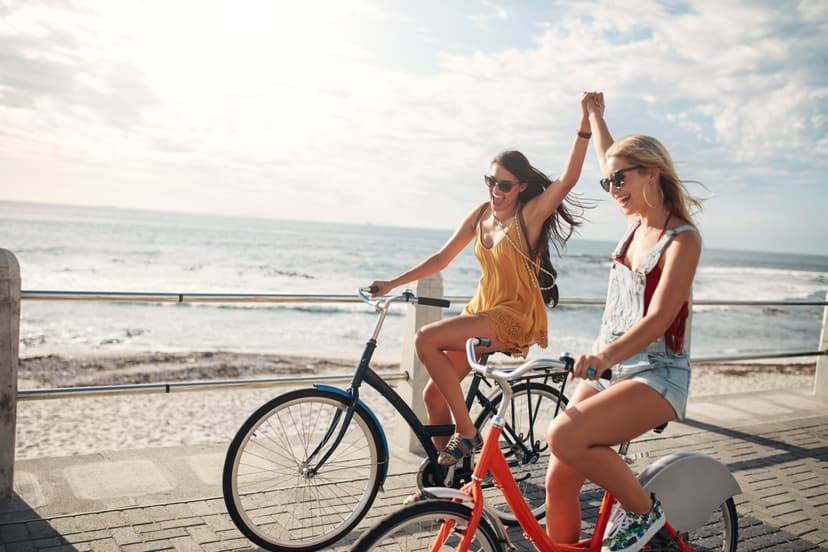Consumers care for their stores, but they’re also eager to experience new situations. They no longer want to waste time while shopping: going to the store to buy things is great, but having a good time while you’re at it is even better. Estelle Mège, head of Architecture Retail at W&Cie, shares her vision of an “augmented retail”, both hybrid, digital, and personalized.
How to stand out in the midst of an increased competition? How to capture these consumers’ attention when they are hyper informed, hyper connected, and used to a smooth, quick, and simple online shopping experience on websites banking on customer service? What can be implemented to get them to come (back) in stores and jump-start physical sales? In this current era driven by hyper experience, retail needs to permanently gather momentum and meet a major challenge: going beyond a simple transactional relationship and offering a new experience to its consumers.
“The pandemic has profoundly upset the way people feel about physical stores,” explains Estelle Mège. “And two takeaways have now come out of it. First, consumers have never cared more about physical stores. After having their movements restricted during the pandemic, they made the most of life going back to normal and flooded back these places. But they’re no longer satisfied by a simple purchase. Consumers’ expectations now go beyond pure transactional value.” Used to impeccable customer service online, they set the same standard for the real world, expecting to enjoy themselves and be surprised while having a seamless experience. This phenomenon mostly applies to young people who no longer want to waste time shopping. Two out of three of them clearly express their wish to experience a rewarding or interesting moment in store.



